-
Car Reviews
- All reviews
- Midsize SUVs
- Small cars
- Utes
- Small SUVs
- Large SUVs
- Large cars
- Sports SUVs
- Sports cars
- Vans
Latest reviews
- Car News
-
Car Comparisons
Latest comparisons
- Chasing Deals
After being revealed late last year, Australian specifications and pricing for the third-generation 2017 Kia Picanto have been announced, with cars already in dealerships. We only recently reviewed the Picanto, but Kia has chosen to replace it due to the age of the last model – we received the bubbly city car quite late into its life cycle.
The third-generation Picanto builds onto the second generation model’s long list of positives by adding more equipment and the availability of a manual transmission, making it cheaper than ever – this time around, it’s priced from $14,190 plus on-road costs.
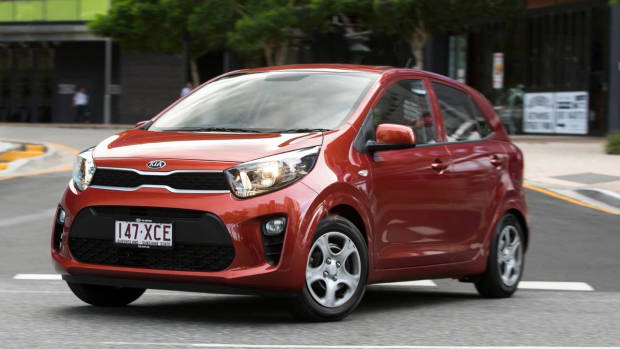
“The current Picanto was a toe in the water for us in a segment which was, to be honest, struggling,” Kia Motors Australia Chief Operating Officer Damien Meredith explained. “We believed there was life in the segment for the right car and the fact that what was an ageing model is now the most popular in the segment proved that to be true.
“The new model has improvements across a huge range of specifications and while we are not expecting massive growth in the segment, we believe there is still life and there is still a sound reason to be a part of it.”
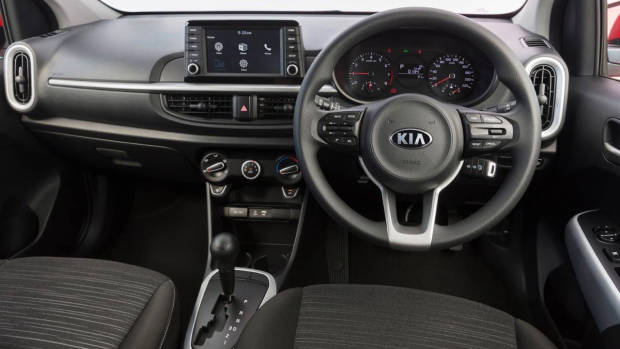
Like the previous generation Picanto, the 2017 model features just one model in the range for now, the S. Compared with the last model’s auto-only spec, it’s $700 more expensive, at $15,690 drive away. Justifying that price increase is also a spec increase, with a new seven-inch touchscreen infotainment system with Apple CarPlay and Android Auto, automatic headlamps, cruise control and a rear camera with dynamic parking lines now standard equipment.
The interior design has also been significantly improved, with both a higher-quality and sleeker design implemented to further differentiate the new Picanto from old.
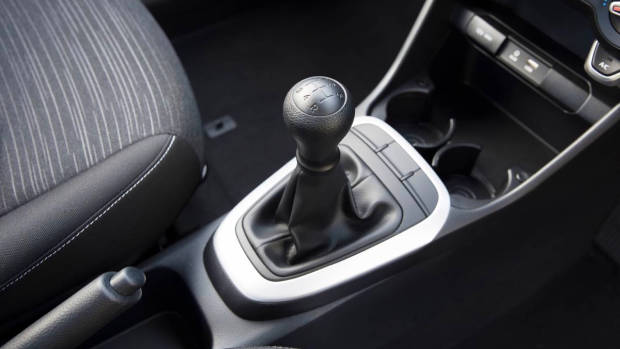
This new standard equipment is in addition to the Picanto’s honest equipment list, including 14-inch steel wheels, air conditioning, electric windows, heated mirrors, Bluetooth phone/audio connectivity, daytime running lights, a rear foglamp and a four-speaker sound system with steering wheel-mounted audio controls.
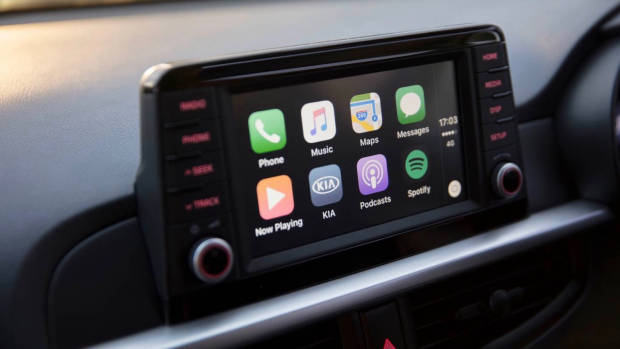
The 2017 Kia Picanto is still powered by a 1.25-litre four-cylinder engine, producing 62kW of power and and 122Nm of torque. Combined fuel consumption is rated at 5.0L/100km for the five-speed manual, or 5.8L/100km for the four-speed automatic – both figures compare well to a more powerful Mazda 2 or Volkswagen Polo.
As part of a comprehensive upgrade, no area of the 2017 Kia Picanto was untouched, according to Kia. Despite not growing in size, it sits on a new platform with a 15mm-increased wheelbase length, aiding interior space. Bootspace has grown from 200-litres in the old model to 255-litres. Fold the seats down and 1,010-litres is available, with Kia boasting that the seats now fold flat.
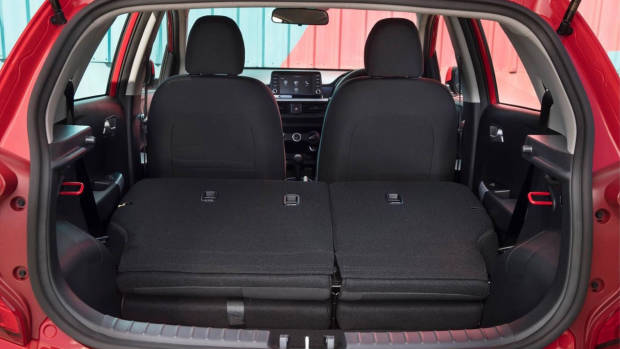
The Picanto’s new platform also promises a better driving experience and added safety levels, with higher-strength steel used throughout the body to shield occupants from the outside better. The Picanto also underwent tuning by Kia’s Australian tuning division to equip the car with more engaging handling and better stability at higher speeds, according to Kia Australia.
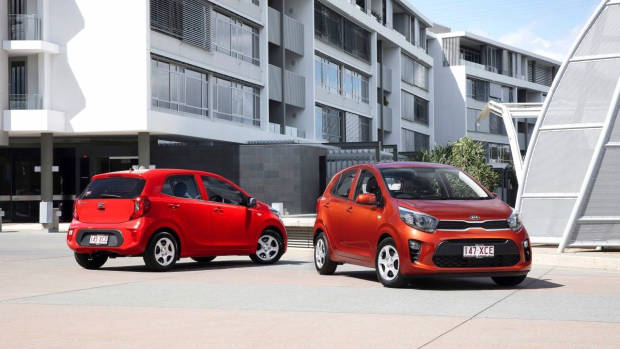
Kia sold 1,934 Picantos in 2016 – not a bad result considering the car wasn’t on sale for a full year. This eclipses both the Holden Spark (1,760) and Suzuki Celerio (742), but not the Mitsubishi Mirage (3,094). Kia Australia will have no doubt the new Picanto has the ability to outsell its rivals based on standard equipment and overall value.
As with all other new Kias sold in Australia, the Picanto comes with the brand’s seven-year warranty, roadside assistance and capped price servicing regime. The 2017 Kia Picanto S is due to be bolstered by the addition of a sportier GT-Line model, possibly utilising the brand’s new 1.0-litre turbo three-cylinder engine by the end of 2017.
Latest news
About Chasing cars
Chasing Cars reviews are 100% independent.
Because we are powered by Budget Direct Insurance, we don’t receive advertising or sales revenue from car manufacturers.
We’re truly independent – giving you Australia’s best car reviews.